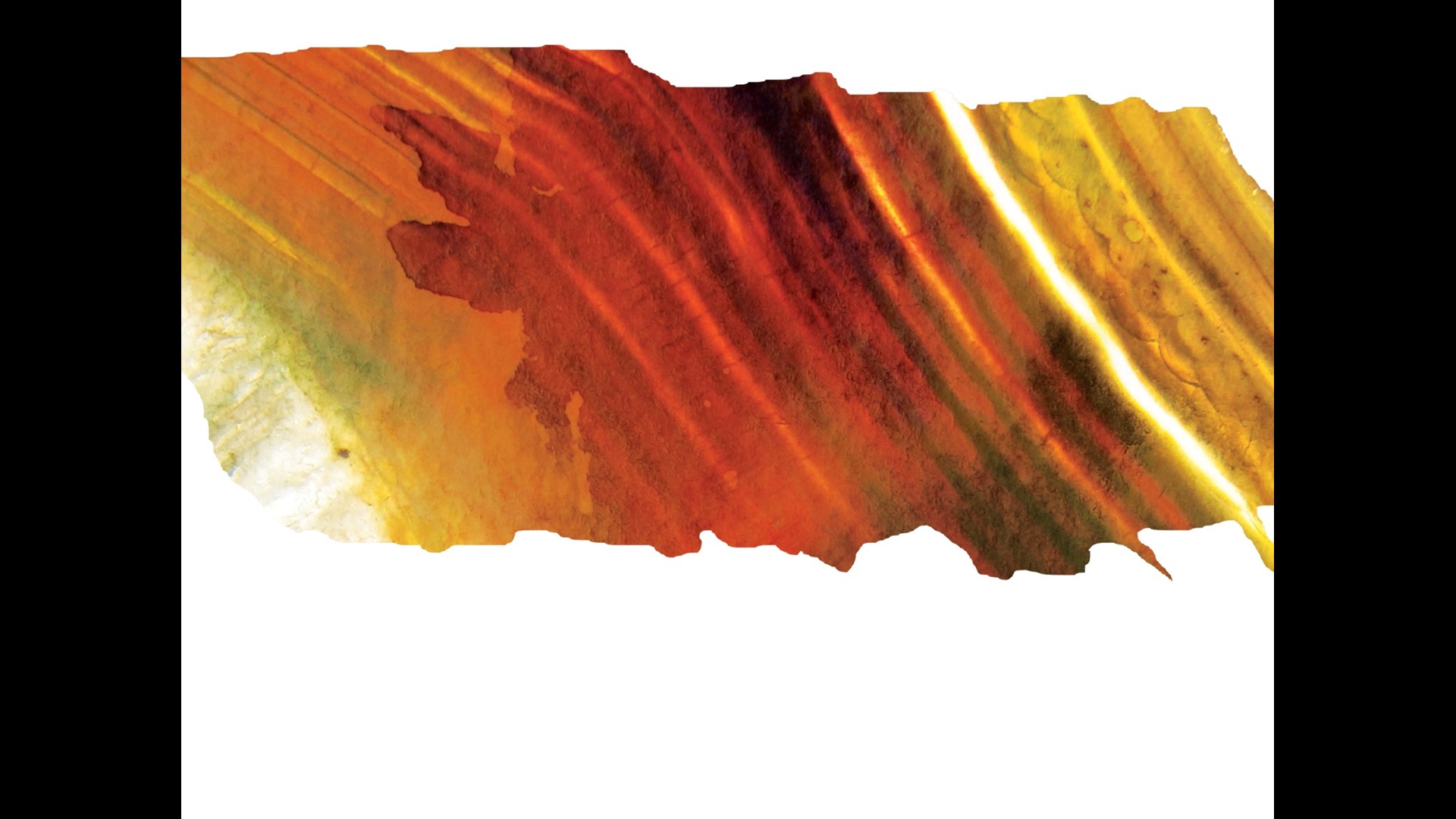
The guide
Nicola Liu lays out the map of her life | Issue 21 | 2022


There is a growing consensus among geologists—the gatekeepers of Earth’s chronology—that there is a need for a new geological epoch: the Anthropocene, the human age. Slightly fewer than one quarter of terrestrial environments remain unaltered by human activity, driving what appears to be the sixth major extinction event in Earth’s history and the first to be caused by another species.
Geologists are by nature fairly conservative natural scientists. Earth’s 4.6 billion years of history—scarred by the repeated amalgamation and rupture of supercontinents, by the uplift of mountain belts and the eruption of huge volcanic fields—is measured in fewer than 40 epochs. We live in the Holocene epoch, a stable, relatively mild epoch that followed the last ice age. That stability, many geologists argue, is being superseded by the perfect storm of anthropogenic climate change, population increase and need for resources. The case for the Anthropocene is compelling. Humans now move more sediment from place to place than occurs under any natural process. European settlement of North America blanketed the river valleys of the eastern seaboard in a fine mud and clay sediment, displacing a vast wetland environment. Around the world, sediment that makes it to estuaries and deltas now contains human-generated organic molecules, nanoparticles, plutonium isotopes and plastic. Much of this and of our urban infrastructure will become part of the geological record if sea levels continue to rise. Michael A Ellis, PhD, BGS
© Norton Rose Fulbright LLP 2025